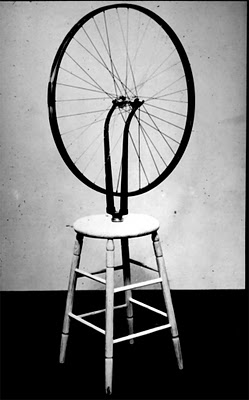“Innocent Objects:” Fetishism and Melancholia in Orhan Pamuk’s The Museum of Innocence
DOI:
https://doi.org/10.5399/uo/konturen.8.0.3715Abstract
In this article, I place Orhan Pamuk’s novel The Museum of Innocence into dialogue with Sigmund Freud’s theory of the fetish. As Gerhard Neumann argues, the fetish provides the basic pattern for the modern subject and its experience of self and the world while performing the impossibility of narrating this experience. In a similar vein, the fetishized objects described in the novel and put on display in Pamuk’s actual museum in Istanbul complicate the narrator’s account of a lost love relationship. The fetish objects create an intertwinement of coalescing and contradicting narratives that point to “black melancholia” as a deeply ambiguous feeling in the collective memory of Istanbul and its people.Published
2015-10-24
How to Cite
Hoffmann, E. (2015). “Innocent Objects:” Fetishism and Melancholia in Orhan Pamuk’s The Museum of Innocence. Konturen, 8, 151–171. https://doi.org/10.5399/uo/konturen.8.0.3715
Issue
Section
Articles

